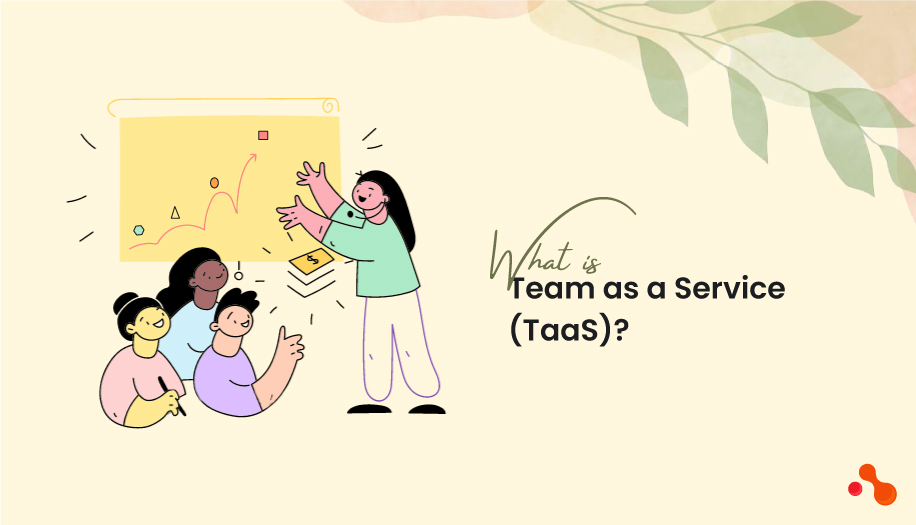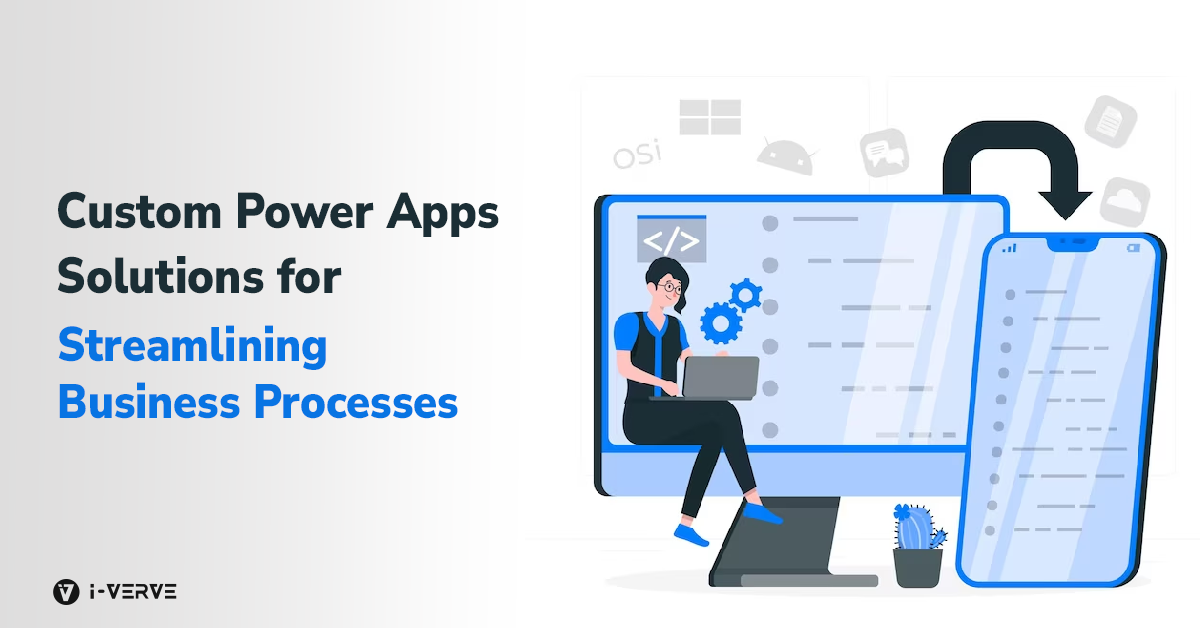Introduction
In the ever-changing landscape of work, Team as a Service (TaaS) has emerged as a game-changer. TaaS involves assembling teams dynamically, utilizing freelancers and remote workers to adapt to project needs. With the rise of remote work, traditional team structures are evolving. This blog explores the significance of flexible and scalable teams in today’s business world, emphasizing the need for agility to meet the demands of an increasingly dynamic and digital work environment. Let’s delve into the world of TaaS and understand its role in shaping the future of collaboration.
Understanding Team as a Service
Core Concepts and Principles
- Definition: Team as a Service (TaaS) is a modern approach to assembling and managing teams for projects, where members can be freelancers, contractors, or remote workers.
- Flexibility: TaaS focuses on creating a flexible talent pool, allowing businesses to easily scale up or down based on project requirements.
- Agility: TaaS often employs agile methodologies, emphasizing adaptability and quick response to changing project needs.
How TaaS Differs from Traditional Team Structures
- Composition: Unlike traditional teams with fixed, in-house members, TaaS teams are dynamic, comprised of individuals with diverse skills from various locations.
- Scalability: TaaS enables businesses to scale their teams easily, tapping into a global talent pool without the constraints of physical office locations.
- Project-based: TaaS is project-centric, assembling teams based on specific project requirements, allowing for efficient resource allocation.
Benefits of Adopting TaaS for Businesses
- Cost-Effectiveness: TaaS reduces overhead costs associated with maintaining a permanent in-house team, as businesses can hire specialists on a project-by-project basis.
- Global Talent Access: Leveraging TaaS provides access to a diverse and global talent pool, bringing in expertise that may not be available locally.
- Flexibility and Adaptability: TaaS allows businesses to adapt quickly to changing market conditions or project needs by easily adjusting team composition.
- Innovation and Creativity: The diversity within TaaS teams often leads to increased innovation and creativity, as team members bring unique perspectives and ideas.
In summary, Team as a Service introduces a flexible and agile way of building teams, departing from traditional structures to offer businesses cost-effective solutions, global talent access, and the ability to swiftly adapt to evolving project requirements.
Key Components of Team as a Service
Building a Flexible Talent Pool
- Leveraging Freelancers, Contractors, and Remote Workers
- Widening talent options beyond traditional office boundaries.
- Accessing specialized skills on a project-by-project basis.
- Fostering diversity within the team.
- The Gig Economy and Its Role in TaaS
- Understanding the gig economy’s influence on the way we work.
- Embracing the flexibility and on-demand nature of gig workers.
- Enhancing scalability by tapping into a global pool of talents.
Collaboration Tools and Technology
- Communication Platforms
- Exploring instant messaging, video conferencing, and collaborative platforms.
- Facilitating real-time communication and information exchange.
- Breaking down communication barriers in a virtual setting.
- Project Management Tools
- Utilizing tools for task assignment, progress tracking, and timelines.
- Ensuring transparency in project workflows.
- Enhancing efficiency through centralized project management.
- Ensuring Seamless Connectivity in a Virtual Environment
- Prioritizing secure and stable internet connections.
- Embracing cloud-based solutions for data accessibility.
- Implementing measures to combat virtual collaboration challenges.
Agile Methodologies and TaaS
- Implementing Agile Practices for Dynamic Team Structures
- Embracing iterative development and adaptive planning.
- Encouraging collaboration and quick response to changes.
- Breaking down large projects into manageable, focused tasks.
- Adapting to Changing Project Requirements with Agility
- Responding swiftly to evolving project needs.
- Promoting a culture of continuous improvement.
- Harnessing agility to stay competitive and innovative.
Advantages of Team as a Service
Cost-effectiveness and Efficiency
- Affordability: Hire remote developers often reduces overhead costs associated with on-site teams.
- Flexibility in Budgeting: Pay only for the services you need, allowing better control over expenses.
- Time Savings: Quickly assemble a skilled team without the prolonged recruitment process.
Access to Global Talent Pool
- Diverse Skill Sets: Tap into a wide range of expertise from developers around the world.
- 24/7 Workflow: Leverage time zone differences for continuous project progress.
- Cultural Diversity: Gain insights and perspectives from a team with varied cultural backgrounds.
Improved Scalability and Flexibility
- Rapid Scaling: Easily scale your team up or down based on project requirements.
- Adaptability: Respond swiftly to changes in workload or project focus.
- Resource Optimization: Allocate resources efficiently for maximum productivity.
Enhanced Innovation and Creativity
- Diverse Perspectives: A globally distributed team brings fresh ideas and approaches.
- Collaborative Culture: Remote teams often foster a culture of open communication and idea-sharing.
- Global Trends: Stay ahead by incorporating international trends and best practices.
Challenges and Solutions in Team as a Service (TaaS)
Overcoming Communication Barriers in a Virtual Setting
- Challenge: Lack of Face-to-Face Interaction
- Remote work can lead to a sense of isolation and hinder effective communication.
- Solution: Utilize Video Conferencing Tools
- Incorporate regular video calls to foster a more personal connection among team members.
- Challenge: Time Zone Differences
- Coordinating across different time zones can result in delays and misunderstandings.
- Solution: Establish Clear Communication Protocols
- Set standard communication hours and use collaborative tools to document important updates.
Ensuring Accountability and Productivity
- Challenge: Monitoring Remote Work
- Ensuring that team members are accountable for their tasks can be challenging in a virtual environment.
- Solution: Implement Project Management Tools
- Use tools like Trello or Asana to track tasks, set deadlines, and monitor progress.
- Challenge: Lack of Visibility into Work Progress
- Difficulty in gauging the productivity levels of remote developers.
- Solution: Regular Check-ins and Progress Reports
- Conduct regular virtual check-ins and request brief progress reports to maintain transparency.
Managing Diverse Skill Sets within a TaaS Framework
- Challenge: Coordinating a Diverse Team
- Managing developers with varying skills and expertise can be complex.
- Solution: Clearly Define Roles and Responsibilities
- Clearly outline the roles of each team member to avoid overlap and ensure a well-rounded skill set.
- Challenge: Integration of Remote Developers
- Bringing remote developers into an existing team might pose integration challenges.
- Solution: Foster a Collaborative Culture
- Encourage teamwork through virtual team-building activities and collaborative projects.
Future Trends in Team as a Service
The Evolving Nature of Work and Its Impact on Team Dynamics
- Remote Work Revolution
- Increasing reliance on remote work due to technological advancements.
- Flexibility as a key driver for attracting top talent.
- Distributed Teams
- Rise of geographically diverse teams over traditional office-centric structures.
- Collaborative tools promoting seamless communication across borders.
- Shift Towards Specialized Skills
- Growing emphasis on hiring specialized talent for specific projects.
- Broader access to global expertise through virtual collaboration.
Technological Advancements Shaping the Future of TaaS
- AI and Automation Integration
- Integration of artificial intelligence for task automation.
- Augmented efficiency and streamlined workflows.
- Enhanced Collaboration Tools
- Continued improvement in virtual collaboration platforms.
- Real-time communication, project management, and document sharing.
- Blockchain in TaaS
- Blockchain’s potential for secure and transparent transactions in TaaS.
- Smart contracts for efficient and trust-based collaborations.
Predictions for the Growth and Adoption of TaaS in the Coming Years
- Global Talent Pool Expansion
- Increased adoption of TaaS leading to a more expansive global talent pool.
- Companies tapping into diverse skill sets from around the world.
- Rapid Growth in Hire Remote Developers
- Surge in demand for hiring developers on a project basis.
- Remote developers becoming integral for businesses seeking flexibility.
- Mainstreaming TaaS Across Industries
- TaaS evolving from a tech-centric model to mainstream adoption.
- Various industries recognizing the benefits and adapting to the TaaS approach.
Implementing Team as a Service in Your Organization
Step-by-Step Guide to Transitioning to a TaaS Model
- Assess Your Needs:
- Identify specific projects or tasks suitable for TaaS.
- Evaluate the skills required and the duration of the work.
- Explore Platforms:
- Research and choose reputable platforms to hire developers.
- Consider platforms that specialize in remote development.
- Define Roles and Responsibilities:
- Clearly outline the roles of in-house and remote team members.
- Set expectations for communication and collaboration.
- Onboarding Process:
- Develop a comprehensive onboarding plan for remote developers.
- Provide necessary resources and access to collaborative tools.
Best Practices for Integrating TaaS Seamlessly
- Communication is Key:
- Establish regular meetings and communication channels.
- Utilize video conferencing and collaboration tools.
- Cultural Sensitivity:
- Foster a culture of inclusion and diversity.
- Recognize and respect cultural differences within the team.
- Agile Project Management:
- Implement agile methodologies for flexibility.
- Break down projects into smaller tasks for easier management.
- Provide Resources:
- Ensure remote developers have access to necessary resources.
- Offer training and support as needed.
- Regular Check-Ins:
- Schedule regular check-ins to discuss progress and challenges.
- Address concerns promptly to maintain a positive working environment.
Measuring Success and Optimizing TaaS for Continuous Improvement
- Key Performance Indicators (KPIs):
- Define KPIs for both in-house and remote teams.
- Monitor metrics such as project completion time and quality of work.
- Feedback Loops:
- Establish feedback mechanisms for continuous improvement.
- Encourage open communication for constructive feedback.
- Adaptability:
- Stay flexible and adapt the TaaS model as needed.
- Evaluate and adjust team structures based on project requirements.
- Learning from Experience:
- Document successes and challenges for future reference.
- Use past experiences to refine the TaaS integration process.
- Optimization Strategies:
- Regularly review and optimize processes.
- Embrace technological advancements to enhance collaboration.
By following these steps and best practices, organizations can smoothly transition to a Team as a Service model, ensuring effective collaboration between in-house and remote developers while optimizing performance for continuous success.
Conclusion
In wrapping up our journey into Team as a Service (TaaS), let’s quickly revisit the essentials. TaaS, a flexible team approach, brings cost-effectiveness, global talent, and innovation to the forefront. It’s not just a work model; it’s a mindset shift. Embrace the future by fostering adaptability and collaboration. Whether you’re a startup or an established business, TaaS is your ticket to a dynamic and responsive team structure. So, let’s bid farewell to rigid structures and usher in a new era of work with Team as a Service!




